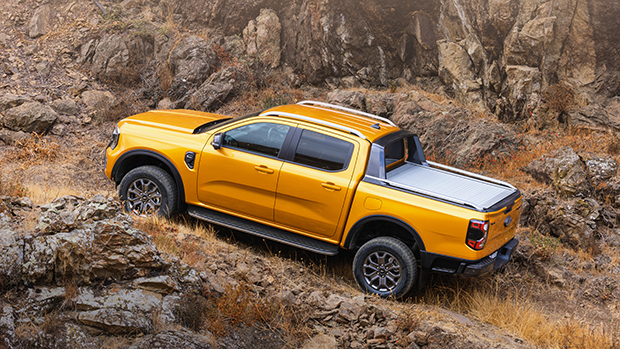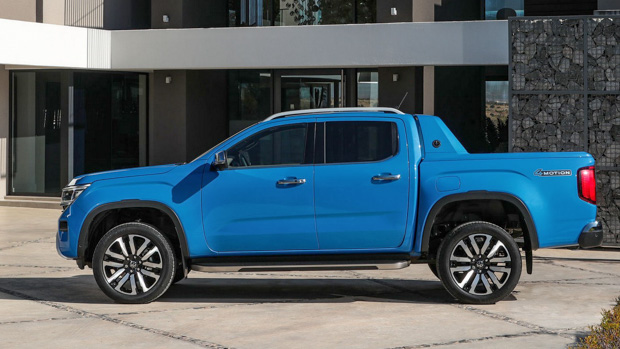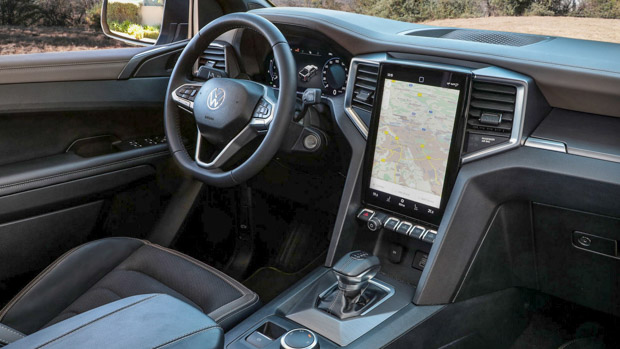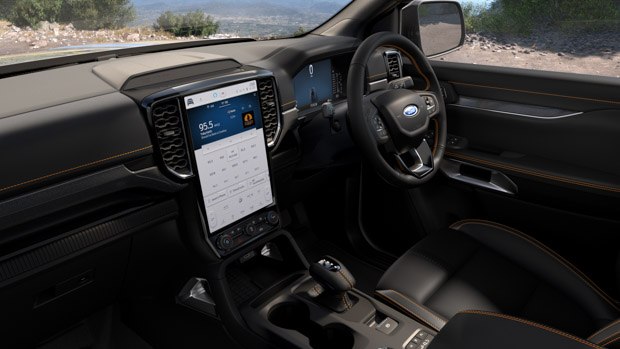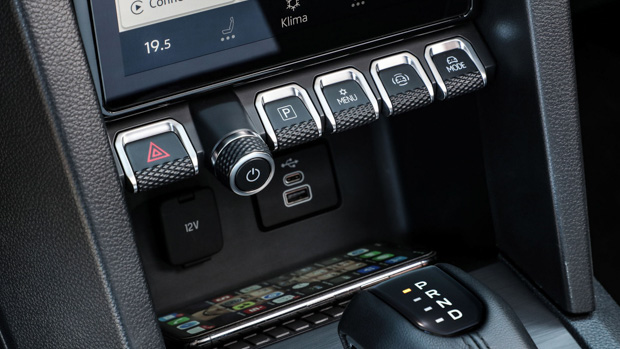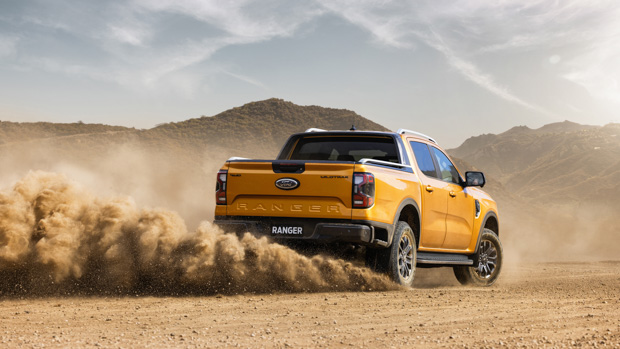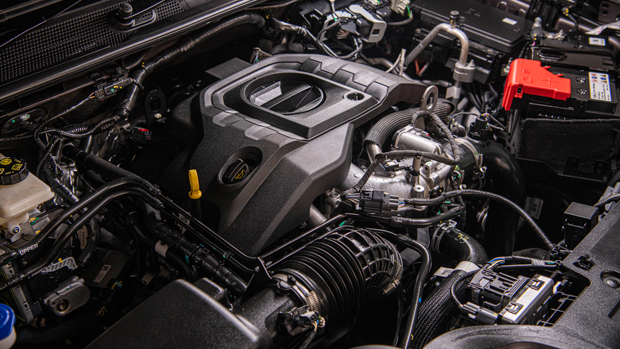-
Car Reviews
- Car News
-
Car Comparisons
Latest comparisons
- Chasing Deals
Chasing Cars breaks down the specifications of two of the most highly-anticipated utes in recent history
With the brand new Volkswagen Amarok having just graced us with its global reveal, the Chasing Cars team thought there would be no better time than now to compare the new Amarok like for like with its blood brother – the Ford Ranger – and more specifically analyse the differences between Volkswagen’s Aventura grade and Ford’s Wildtrak offering. Let’s take a look.
Beginning with the Volkswagen Amarok, its Aventura specification is tailored for those who do a lot of inner city commuting and less work off the beaten path and is what Volkswagen calls an ‘on-road’ variant.
Exterior details of the photos we have so far show a sophisticated new look for the Amarok, with huge 21-inch alloy wheels, chrome finishes around the front and rear of the dual-cab, along with C-shaped LED tail lights and silver-finished roof racks. We think it looks pretty swish and treads the right path between being a stylish city dweller and also useful for some light off-roading, such as going on a beach trip where you might need to put the dual-cab into low-range mode.
The soon to be released Ford Ranger Wildtrak brings a darker, more menacing look in comparison to the Amarok Aventura and has a greater focus on being an all-rounder rather than just for the school run.
Ford’s C-shaped headlights, along with 18-inch grey alloy wheels and stamped ‘Ranger’ embossed lettering on the tailgate certainly look pretty tough. We can tell just from looking at the exterior of these two vehicles that they are both targeted at very different audiences.
Inside the Amarok Aventura, the large portrait touchscreen (up to 12-inches in diameter) is the first thing that catches your eye, and is what controls the large majority of onboard features in the Aventura. Climate controls have been incorporated into the screen, rather than being physical buttons, and the Volkswagen Group virtual cockpit driving display also features for the first time in an Amarok model.
Looking at the contrasting Ford Ranger Wildtrak’s interior, things are fairly different. The Wildtrak gains exclusively-embossed Wildtrak leather seats but is definitely tailored toward a tradesman-like lifestyle – part work, part play.
The Ranger Wildtrak also scores a large portrait screen and a digital driver’s display, however climate control buttons are physical ones rather than touch-style buttons in the screen like the Amarok Aventura.
The Volkswagen Amarok Aventura is clearly trying to move the game forward, to make the modern dual-cab as car-like as possible. The new Amarok incorporates “up to 30 new driver assistance systems”, 20 of which are brand new to the Amarok range and the Aventura variant. Some of these include safety features such as adaptive cruise control, rear traffic alert and park assist.
The Aventura will have a premium harmon kardon speaker system, LED headlights and tail lights and Volkswagen’s IQ Light system as found in the current generation Mk8 Golf R.
While the Ford Ranger Wildtrak is not the top-of-the-range model (the new Raptor takes that one), it’s the most highly specced version of the standard Ranger. The Wildtrak comes standard with wireless charging technology and selectable drive modes including normal, eco, tow haul, slippery, mud/ruts and sand configurations. In basic terms, it is probably going to be pretty good at those off-road trails you spend your weekend exploring.
Both the Amarok Aventura and Ford Ranger Wildtrak will use a 3.0-litre turbo-diesel V6 engine that has outputs of 184kW/600Nm.
The outgoing Amarok used a Volkswagen-sourced V6 engine, but this time Ford and Volkswagen are in partnership for the oily bits including engine and transmissions.
Volkswagen has confirmed at last that its new Amarok would take on the Ford ‘Lion’ V6, along with smaller engines, too, for the rest of the range.
This means that both the Ford Ranger and Volkswagen Amarok will also use smaller turbo-diesel inline-four engines in either single or twin-turbo guise.
Volkswagen has also confirmed that it will offer a 2.3-litre turbo-petrol engine as well – likely to be the 2.3-litre Ford ‘Ecoboost’ engine found in cars such as the Ford Mustang and Ford Focus.
Latest news
About Chasing cars
Chasing Cars reviews are 100% independent.
Because we are powered by Budget Direct Insurance, we don’t receive advertising or sales revenue from car manufacturers.
We’re truly independent – giving you Australia’s best car reviews.
